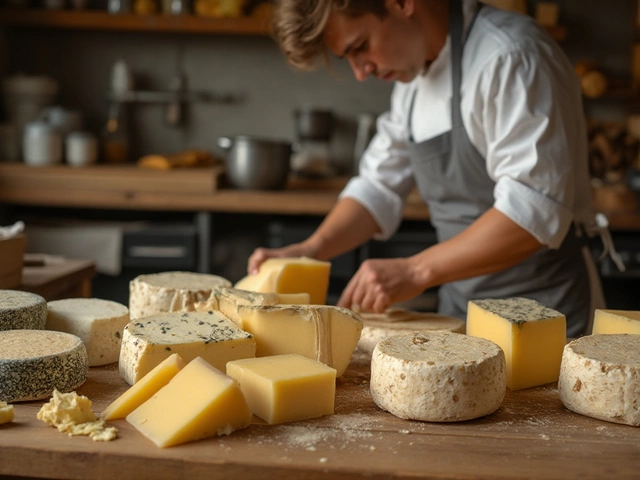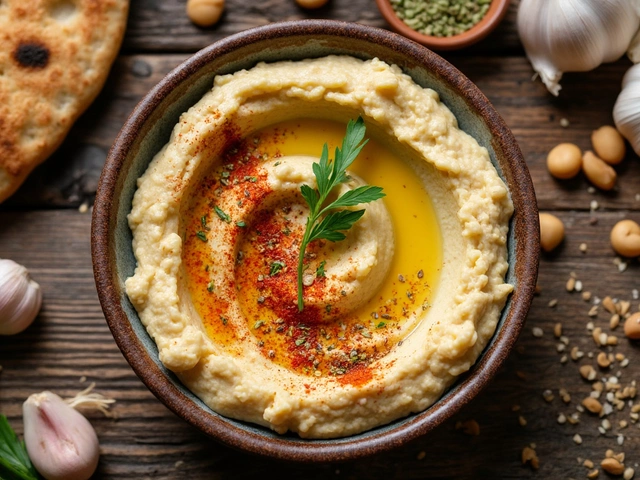September 2025 Archive: Apples, Cakes & Fudge
Welcome to the September roundup at Chat with the Cooktop. We’ve packed this month with a mix of eye‑opening food facts, a fresh cake trend, and a simple guide that will save your fudge every time. Grab a cup of tea and scroll through what you need to know.
Why Apples Might Not Be Vegan
Most of us reach for an apple as the default “vegan” snack, but the story isn’t that simple. Some growers coat their fruit with a thin layer of animal‑derived wax to keep it shiny and fresh. That wax can come from fish or even bees. On top of that, certain pesticides contain animal by‑products, and the processing line may use animal‑based lubricants. If you’re strict about vegan standards, looking for “organic” or “unwaxed” labels can help you avoid the hidden ingredients.
Quick tip: give your apples a quick rinse in warm water with a splash of lemon juice, then pat them dry. This removes most surface waxes and residues, giving you a cleaner bite without hunting for special labels.
Next Cake Trend 2025: Botanical Pressed‑Flower Cakes
2025’s biggest cake buzz is the pressed‑flower masterpiece. Imagine a smooth, glossy cake topped with edible blooms that add color, aroma, and a touch of garden freshness. The trick is using fresh flowers that are safe to eat—think violets, pansies, and lavender buds—pressed between parchment sheets to flatten them without losing their hue.
To pull this off, bake a simple vanilla or lemon sponge, then spread a thin layer of clear botanical gel on top. Place the pressed flowers just before the gel sets so they stay bright. A dash of herb‑infused syrup—like rosemary or thyme—adds a subtle savory note that makes the cake feel sophisticated without being overwhelming.
Want to keep it budget‑friendly? Use dried edible flowers from a bulk store and rehydrate them quickly in warm water. The result looks just as stunning, and you can experiment with wildflower mixes for a truly unique design.
Fudge Temperature Guide: Hitting the Soft‑Ball Stage Every Time
Fudge fans, this is for you. The soft‑ball stage sits between 235°F and 240°F (112°C‑115°C). That range is the sweet spot where the mixture thickens but stays pourable. Use a candy thermometer and watch the temperature climb steadily—don’t stir too fast, or you’ll introduce excess air.
If you’re at a high altitude, add an extra 5°F (about 3°C) to the target range. The lower air pressure means water boils sooner, so you need a slightly higher temperature to get the right texture. When you reach the range, take the pot off the heat, let it cool to about 110°F (43°C), then stir vigorously for a few minutes. The fudge will turn creamy and glossy.
Stuck at the wrong stage? If your fudge ends up grainy, it likely overshot the soft‑ball range. The next time, pull the pot off heat a few degrees earlier and give the mixture a quick stir to test the consistency before cooling.
All three posts show how a small detail—whether it’s a wax coating, a flower press, or a few degrees on a thermometer—can change your food experience. Keep these tips handy, try them out, and let us know how they work for you. Happy baking, and see you next month for more sweet discoveries!
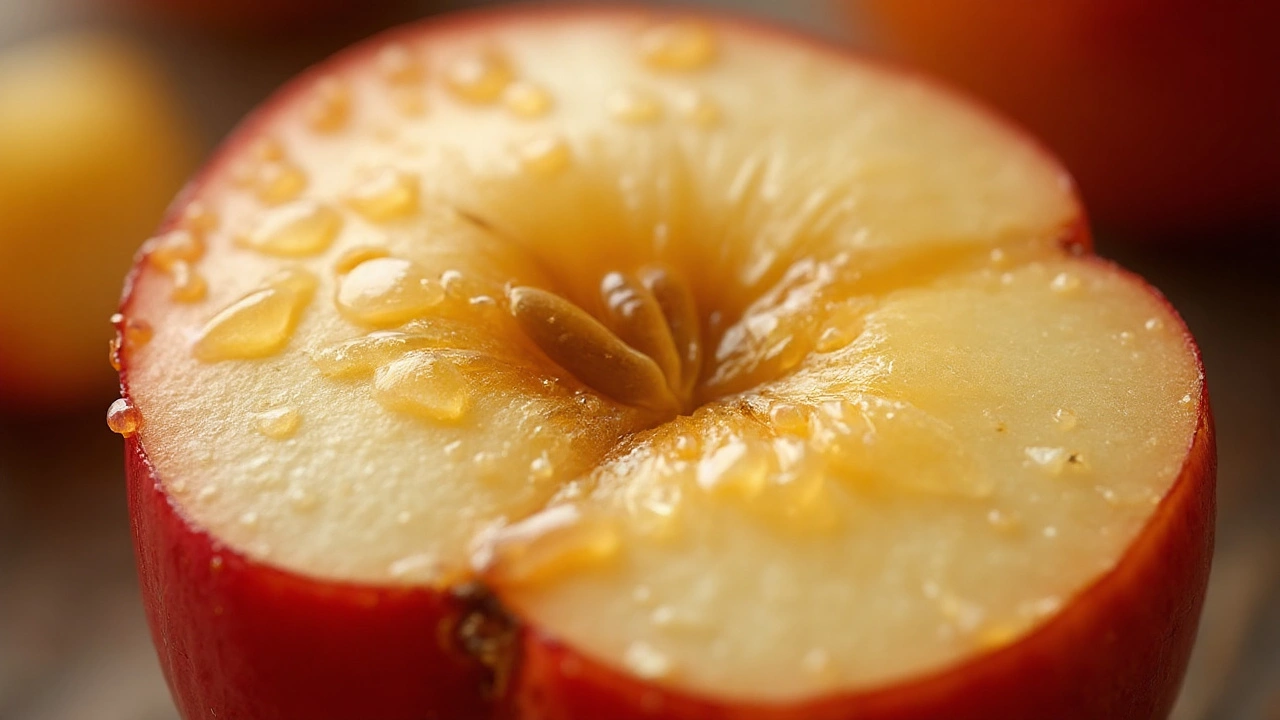
Why Apples Aren’t Vegan - Hidden Animal Ingredients Explained
Discover why apples may not be vegan, learn about animal‑derived waxes, pesticides, and processing steps that affect your fruit choices.
View More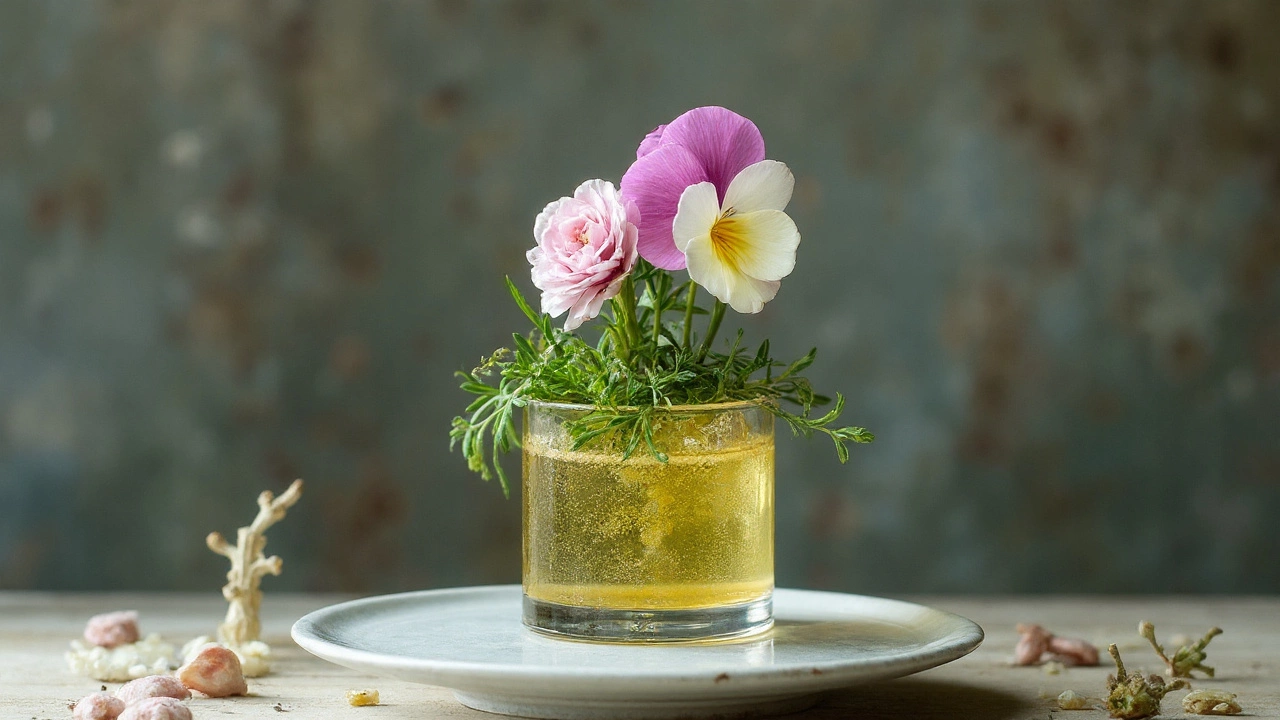
Next Cake Trend 2025: Botanical Pressed-Flower Cakes (Why and How to Nail It)
The next cake trend for 2025 is Botanical Pressed-Flower Cakes: edible blooms, herb-infused flavours, and a glossy gel finish. Here’s why it’s big and how to make it.
View More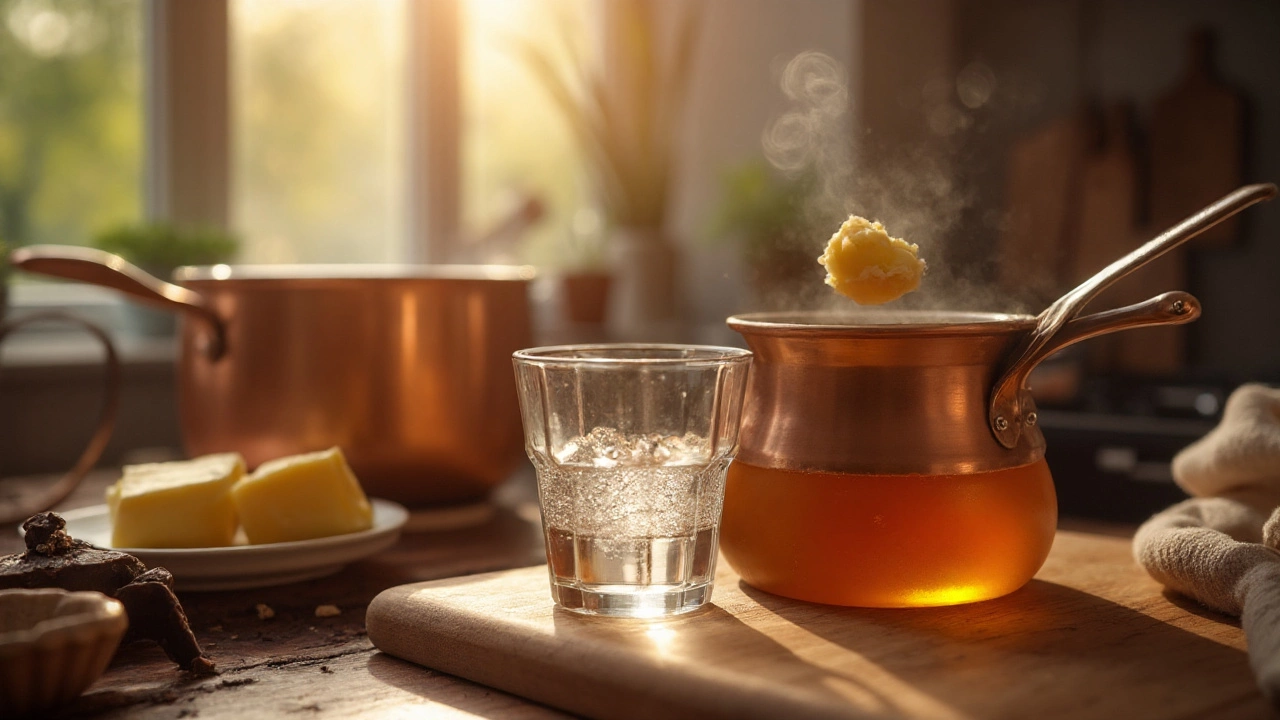
Fudge Temperature Guide: The Exact Soft‑Ball Stage and How to Hit It Every Time
Wondering what temperature to cook fudge at? Get the exact soft-ball range, quick fixes, altitude adjustments, and a simple step-by-step to nail creamy fudge.
View More



